26 best things to do in Antwerp, Belgium (2025 travel guide)
When you think of Belgium, the first thoughts that probably come to mind are chocolates, waffles, and maybe Brussels or Bruges. But there’s a gem that should absolutely be on your travel radar: Antwerp.
There are so many great things to do in Antwerp that we couldn’t fit everything in on our long weekend there.
Belgium’s second-largest city offers a beautiful old town, museums, and loads of fab bars and pubs to have a Belgian beer or two.
Don’t forget to read our Antwerp city guide, which gives you all the details on travelling there.
Antwerp has old-world charm, but it’s also a modern and trendy city. Enjoy!
The author: we spent 6 days in Antwerp, which was our second holiday in Belgium. We managed to do over 150,000 steps in total, and sampled… more than a few Belgian beers! Let us know in the comments if you have any questions, or anything you think we’ve missed!
The top historical sights and things to do in Antwerp’s Old Town

Wonder round the Grote Markt, the main square
The Grote Markt is the heart of Antwerp’s historic city centre. Surrounded by beautifully ornate 16th-century guildhalls, the square is also home to the City Hall, a UNESCO World Heritage Site.
At the centre of the square is the Brabo Fountain, depicting the legend of Silvius Brabo, who is said to have defeated a giant who terrorised the Scheldt River. Look for the water squirting from his cut-off head and hand!
The square is perfect for a short walk at any time of day, with its cobblestone streets and charming cafes. If you like Christmas markets then consider visiting during December, when Grote Markt turns into a winter wonderland with an ice-skating rink too.
Why go? The centre of Antwerp to base the rest of your wanderings.
How long? 1 hour at most, but you can stop and get a coffee or beer.

Explore the Cathedral of Our Lady
Towering over the city, the Cathedral of Our Lady is one of the best places to visit in Antwerp. You’ll see it looming over the city regularly, popping-up at the end of a street or towering in the distance.
Built in the 16th century, it’s Belgium’s largest church and is a UNESCO World Heritage Site. Inside, you’ll find artworks by Antwerp’s most famous artist, Peter Paul Rubens.
Entry costs around €12, which we thought was a lot (being that many cathedrals are free to enter) but it’s still worth going. As you go around there are QR codes to scan, which give you more information about what you’re looking at. They were pretty interesting, and helped bring it alive somewhat.
If you love Antwerp’s medieval charm, then Ghent’s Gravensteen Castle is another must-see.
Why go? A UNESCO World Heritage Site and a stunning building.
How long? 1-2 hours, if going inside

Go for a walking tour (or bike tour) of the city centre
One of the best ways to experience Antwerp is on foot, taking in its medieval streets, grand squares, differing neighbourhoods and centuries-old buildings. A walking tour of the city centre allows you to dive deep into the history and culture of this beautiful city.
We normally just go solo, but you can also book guided tours (both on foot and on bike). We regularly use the GPSmyCity app – it costs about £12 a year and will give you access to curated walks with information about every stop, for hundreds of different cities.
Many of the sites we’ve recommended in this list can be visited on foot as part of a self-guided tour. Don’t miss the Vlaeykensgang, which is a tiny alleyway surrounded by beautiful buildings and cobbled paths. Also try and visit the Meir Shopping Street, which gives you a taste of Antwerp’s vibrant commercial centre.
Why go? The best way to see Antwerp.
How long? 2-3 hours, depending on where you go and where you stop at.

Visit Het Steen Castle
Het Steen, Antwerp’s oldest building and once a mighty fortress, now serves as a small visitor centre/museum about Antwerp.
The castle dates back to the early medieval period and was part of the city’s defences along the River Scheldt. Over the centuries, it has been used as everything from a prison to a naval base. What’s left is now pretty small, but it’s a beautiful building (from the front at least – some misguided modern additions ruin the back somewhat).
The visitor centre is small but talks about modern Antwerp. It would be worth going at the beginning of your trip as it will give you some ideas about places to go and things to do.
Entry to Het Steen is €7. The castle also offers views of the river (the viewpoint is free to enter, if you didn’t want to go in).
Why go? A nice picture at the minimum, and maybe some inspiration of places to go in Antwerp.
How long? 1 hour.
Unique things to do in Antwerp (outside the Old Town)

Admire the architecture of Antwerp Central Station
Antwerp Central Station, also known as Antwerpen-Centraal, is often called the world’s most beautiful train station.
Built in the early 20th century, the station’s main hall has a huge dome and is full of different architectural details (it uses so many different styles it can’t be described as a single one). Also interesting are the multi-level platforms which go deep underground (the platforms are all stacked on top of each other, rather than spread horizontally – ok, I found it interesting but you may not!).
If getting the train in or out of Antwerp then you can probably view it then rather than making a special journey. Be aware of pickpockets.
Why go? To see the world’s most beautiful train station.
How long? 15 minutes.
Go underneath Antwerp at De Ruien
If you’re someone who loves to explore beneath the surface – literally – then De Ruien is an must-see. Beneath the bustling streets of the city is a network of old underground waterways and sewage canals, known as the “ruien.”
In the Middle Ages, these canals served as both a drainage system and a way to transport goods through the city. Over time many were covered up, but today, you can step into this forgotten world on a guided tour.
The De Ruien tour offers an eerie but exciting look at Antwerp’s past. You’ll wind through dark tunnels, see the remains of medieval architecture, and learn about the city’s history.
Tickets cost €19. Wear comfortable shoes, as the underground can be damp and uneven. It’s best to book ahead as tours get booked up. It’s closed on Mondays.
Why go? A unique experience which is more fun than it sounds!
How long? 2 hours (the tour itself is 90 minutes)

Walk under the Scheldt River in the Sint-Annatunnel
Sint-Annatunnel is a pedestrian tunnel, built in 1933, which runs beneath the Scheldt River. It connects the city centre to the Left Bank (Linkeroever) and is used regularly by Antwerpians who commute on bike.
The tunnel’s vintage wooden escalators are an attraction in their own right. There’s something beautiful about them, and a quick Google search says there’s only one other working wooden escalator left in the world (Macy’s department store in New York).
At the other end, you’ll emerge onto the Left Bank, a quieter area with panoramic views of the Antwerp skyline. There are some nice views of Antwerp and some nice parks, and some places to grab a coffee.
Best of all, it’s free to visit, and since it’s only a short walk from the city centre, you can easily fit it into any itinerary.
Why go? Views and wooden escalators.
How long? 30-40 minutes

Stroll round the beguinage
Just a few blocks outside the old town, you’ll find a tranquil hidden gem: the Begijnhof, or beguinage.
It’s a secluded complex of quaint houses which were once home to the beguines, a semi-monastic community of women who lived there from the 16th century onwards who led a life of prayer (but, they weren’t actually nuns). The beguinages from various Belgian cities (such as Bruges) are collectively a UNESCO world heritage centre.
The beguinage is still largely unknown to many tourists and while small, is a lovely place to wander round. Expect peaceful courtyards, cobbled streets and tiny gardens. While you can explore the site freely, visit during daylight hours, as it’s not open at night.
Entry is free. It’s quite small and ideal to visit as part of a walking tour of Antwerp (either self-guided or an organised tour).
Why go? A quiet and picturesque area.
How long? 30 minutes

Take a boat trip round Antwerp port
As a port city, Antwerp’s harbour has played a huge role in its development over the centuries. A boat trip through the port is a great way to see it.
While a tour of a port doesn’t normally sound that interesting, it gives you a unique view of Antwerp’s maritime industry, with enormous container ships, docks, gasworks and industrial areas that show the city’s modern working side.
Along the way, you’ll learn about Antwerp’s status as Europe’s second-largest port and the crucial role it has played in global trade – did you know that most of Europe’s bananas and coffee passes through Antwerp?
Several boat companies offer harbour tours, which usually last around 1.5 to 2 hours. We did the ‘Good Morning Antwerp’ cruise with Flandria. Reviews online were a bit mixed, but we found them to be fine.
Prices for a boat tour start at around €15-20 per person.
Why go? A fun boat trip and to see a port up close.
How long? 1.5-2 hours.
The best museums and galleries in Antwerp
Antwerp is packed full of museums. We’ve listed the highlights below, but also check out our full guide to 23 of Antwerp’s museum.

Walk round Rubens House (Rubenshuis)
Peter Paul Rubens’ former home and studio, Rubens House, looks at the life of one of the most influential Baroque painters. Inside, you’ll find a mix of original paintings, sketches, and personal artefacts.
The garden has been recreated in an authentic style for his period, and it’s a nice retreat amidst the city’s busyness.
Tickets cost €12, and it’s worth spending some time exploring the galleries.
Why go? Art history and original works by Peter Paul Rubens.
How long? 1.5 hours

Learn about Antwerp at the Museum aan de Stroom (MAS museum)
The Museum aan de Stroom (MAS) is one of Antwerp’s most prominent museums, both physically (the building is huge) and as a place recommended as a must-see.
To be a bit controversial – we were a bit disappointed and expected more. A standard ticket gives you access to 5 floors. One floor covers Antwerp during World War Two, including the discrimination against the Jewish population. This bit was interesting and of course, extremely sad. The section about freight is somewhat interesting, as it tells some of Antwerp’s history. We found the sections about food and the home a bit odd – but perhaps we were tired by that point!
We’d still recommend going though. The museum is housed in a striking red sandstone building and the rooftop offers panoramic views of the city and the Scheldt River. There’s some nice coffee shops and restaurants near it too.
Entrance to the permanent collection is €10 (plus another €2 if you want to see the temporary exhibitions). You can visit the rooftop terrace for free.
Why go? A great building with beautiful views, plus Antwerpian history.
How long? 3 hours.

Discover more Antwerp’s emigration at the Red Star Line Museum
The Red Star Line Museum is a tribute to the many immigrants who departed from Antwerp to begin new lives in North America during the late 19th and early 20th centuries.
Housed in the original buildings of the Red Star Line shipping company, the museum shows Antwerp’s historical ties with the rest of the world through personal stories of passengers and interactive exhibits.
Entry costs €10, with discounts available for students and seniors.
Why go? Interesting stories from a human perspective.
How long? 2 hours

Walk around Antwerp’s diamond district and visit the DIVA museum
Known as the diamond capital of the world, Antwerp’s Diamond District is where over 80% of the world’s rough diamonds pass through. A short walk from Antwerp Central Station, it’s a bustling mix of jewellers, diamond traders, and luxury boutiques.
The diamond district has been a central part of Antwerp’s identity for centuries, and it’s still the go-to place for anyone looking to buy or learn about diamonds.
If you’re like us and don’t have a strong interest in diamonds, you’ll probably have had enough after looking at a few shop windows. However, you can also take a guided tour – we didn’t, but it might bring it alive more.
You can also visit the DIVA Museum (which is about 20 minutes from the diamond district, and sometimes included as part of a tour). This museum offers a look at the history of the diamond trade and Antwerp’s role as a global diamond centre.
Why go? To see a lot of diamonds.
How long? 10 minutes to look in some of the shop windows, to 2 hours for a tour.

Learn about printing at the Plantin-Moretus Museum
The Plantin-Moretus Museum takes you back to the early days of the printing press. This may not sound very interesting at face value, but the printing press meant that books didn’t need to be handwritten – making knowledge much more accessible.
Because of it’s contribution to publishing and in the establishment of Antwerp as one of the world’s leading publishing centres, it’s a UNESCO World Heritage Site.
The museum is located in the former home and workshop of the Plantin-Moretus family, renowned for operating one of the world’s oldest printing presses.
You’ll find original printing machines, historic books, and a glimpse into how the family’s business influenced European culture and learning. Entry is €10.
Why go? To learning about publishing and a fascinating family, in a UNESCO World Heritage Site.
How long? 1.5-2 hours

Check out one of Antwerp’s many other museums
While you’ve probably read about Antwerp’s most famous museums, such as the Museum aan de Stroom (MAS), the city is also home to loads more museums.
We’ve written a full guide to all of Antwerp’s museums but we’ve also picked out a few highlights below, which aren’t featured above.
Some are quite specialist so might not be for you, but there’s so many museums we’re sure you’ll find something.
MoMu, the Antwerp Fashion Museum, celebrates the city’s role in the fashion world. It’s known for its vibrant temporary exhibitions and displays on the Antwerp Six. It’s located just outside the old town.
The Museum Mayer van den Bergh offers a quiet retreat filled with Flemish masterpieces, including Pieter Brueghel the Elder’s iconic painting “Dulle Griet.” The museum’s cosy atmosphere feels like stepping into the home of an art collector.
FoMu, Antwerp’s photography museum, showcases works by local and international artists, often featuring a mix of documentary and experimental styles. It has regularly changing exhibits and is situated in the trendy Zuid district.
The Middelheim Museum is an open-air sculpture park just outside the city centre. There’s over 200 sculptures scattered across the landscape which is filled with exotic plants. It’s free to visit.
For a taste of Antwerp’s Renaissance past, stop by Rockox House. It was once home to mayor Nicolaas Rockox, a patron of artists like Peter Paul Rubens. The house has been restored to reflect its 16th-century grandeur, and it showcases art pieces from the period.
The Letterenhuis talks about Belgium’s literary past. It houses manuscripts, letters, and personal stories, celebrating the written word and its impact on Belgian culture.
Remember that a lot of these museums close on Mondays, so plan around this. Consider getting the Antwerp city card, which gives free entrance, if you’ll visit enough to make it worth it.
Why go? To learn about Antwerp’s surprisingly large contribution to world culture.
How long? 1-2 hours per museum

Map of Antwerp’s highlights
Recommended day trips from Antwerp
Mechelen: A charming small town just 25 minutes away by train, known for its medieval architecture and vibrant atmosphere.
Bruges: Only a 1-hour train ride away, Bruges is a fairytale city filled with canals, cobblestone streets, and gothic architecture.
Lier: A hidden gem, Lier offers a peaceful escape with its quaint streets, river views, and historical beguinage.
Ghent: A larger city about 45 minutes away by train, Ghent boasts a mix of medieval and modern attractions, including Gravensteen Castle and St. Bavo’s Cathedral.
This article is now featured on GPSmyCity. To download this article for offline reading or travel directions to the attractions highlighted in this article, go to Walking Tours and Articles in Antwerp on GPSmyCity.
This page contains affiliate links. If you make a purchase through one of these links we make a small commission to help run this site, at no cost to you. Making a commission never affects the advice we give - see our content policy.

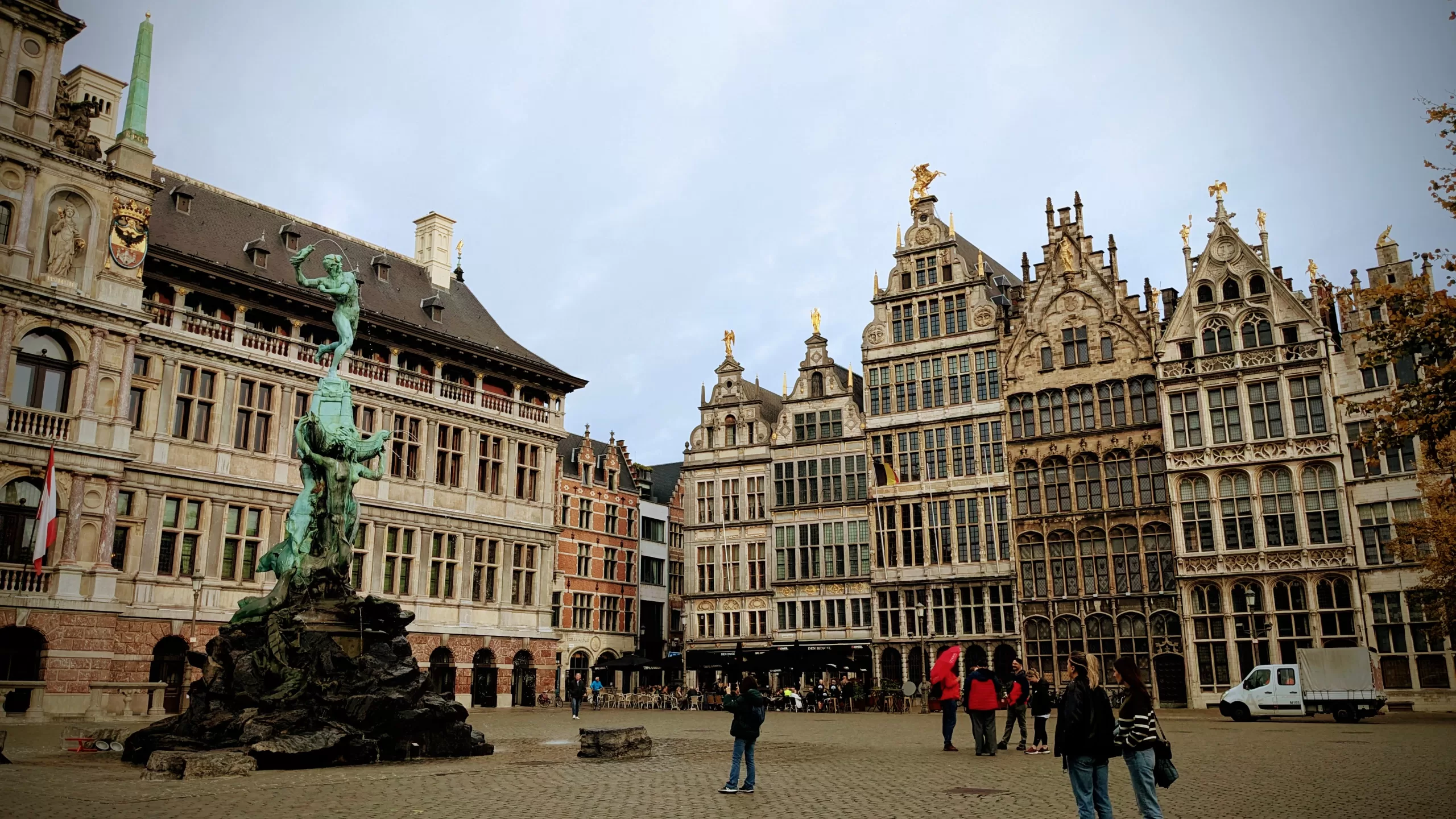
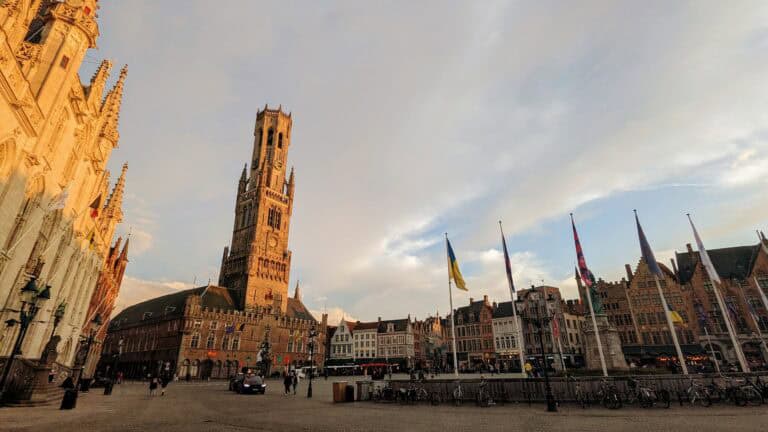
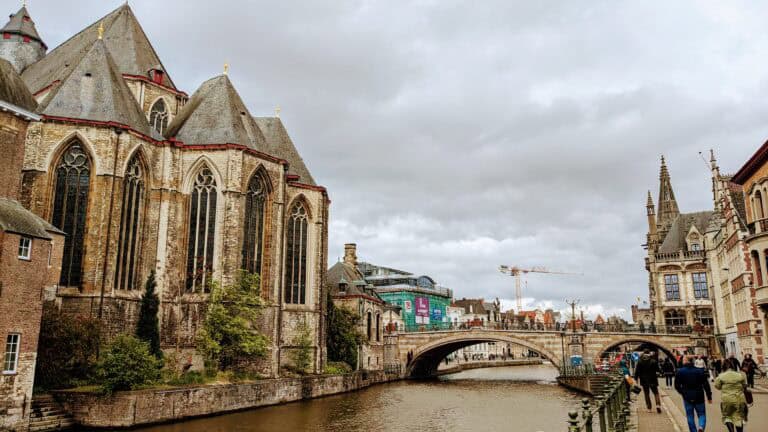
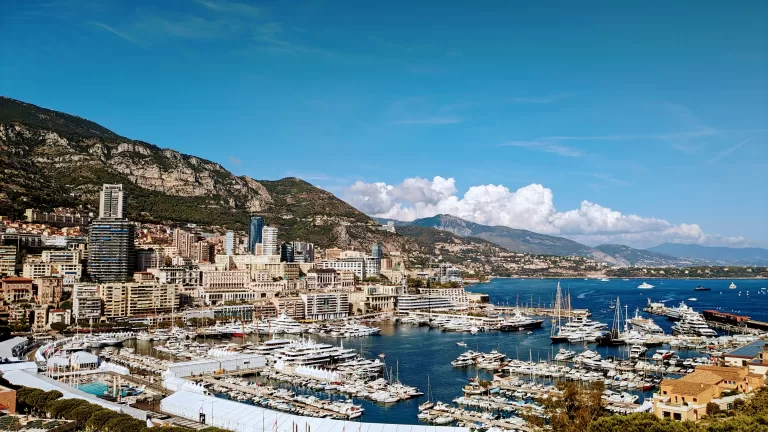
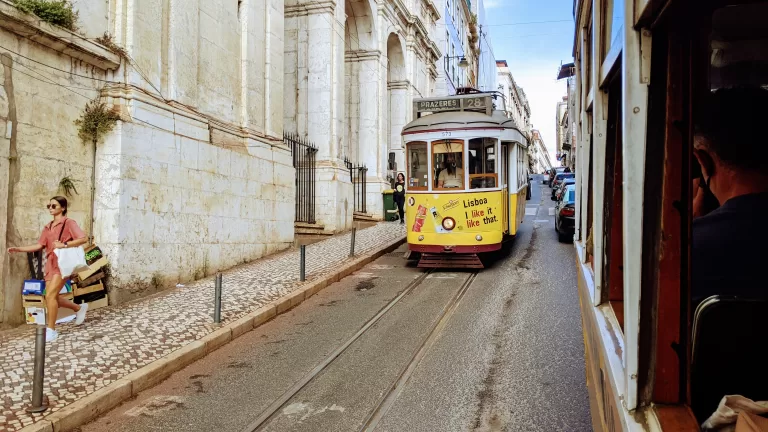
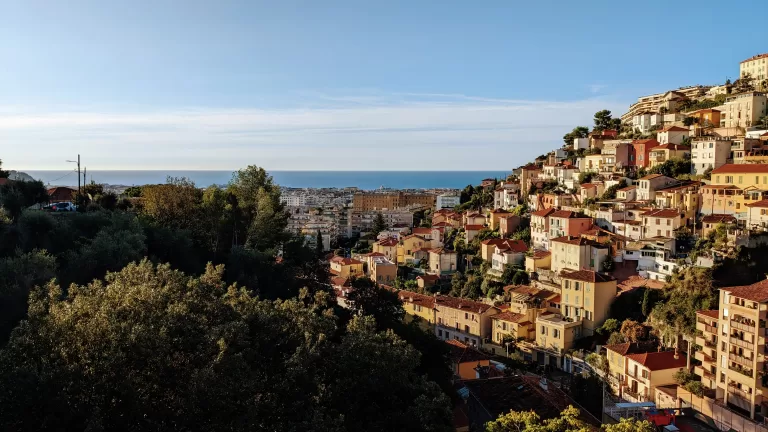

Such a thorough and inspiring guide! Antwerp sounds like a perfect blend of old-world charm and modern cool definitely adding it to my travel list. Loved the mix of must-see sights and hidden gems like De Ruien and the beguinage!
We didn’t know much about it before we went but we definitely recommend it now – a great city with a lot to do!